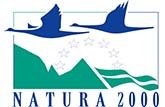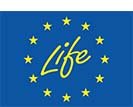About Natura 2000
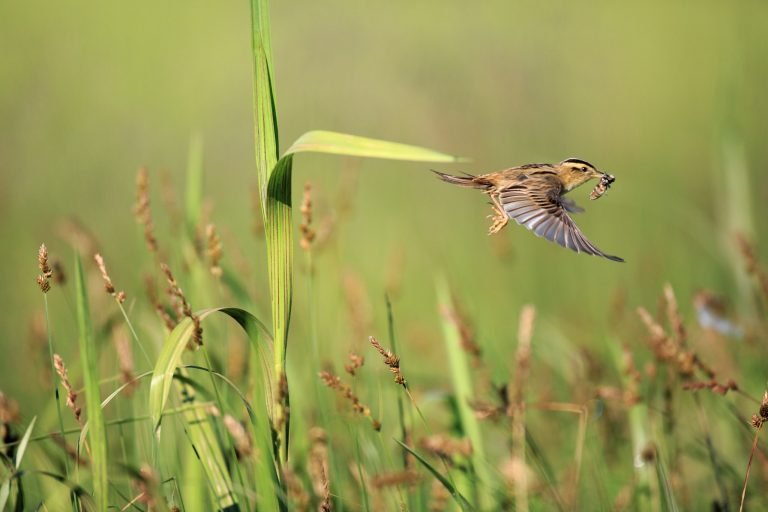
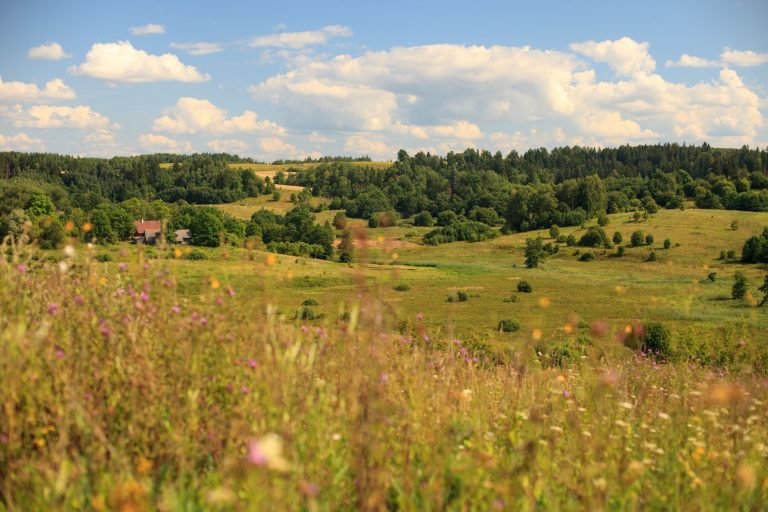
Today, there are almost 28,000 such areas in Europe, accounting for about 18% of the land and 10% of sea area. In Lithuania, 84 territories important for the protection of birds and 481 territories important for the protection of habitats have been approved so far, covering about 13% of country’s area.
Socio-economic benefit of Natura 2000
The network has a significant economic impact and its benefits far outweigh the costs. It is estimated that maintaining the Natura 2000 network in the EU costs around 6 billion euros a year. However, these protected areas generate around 200-300 billion euro in ecosystem services per year.
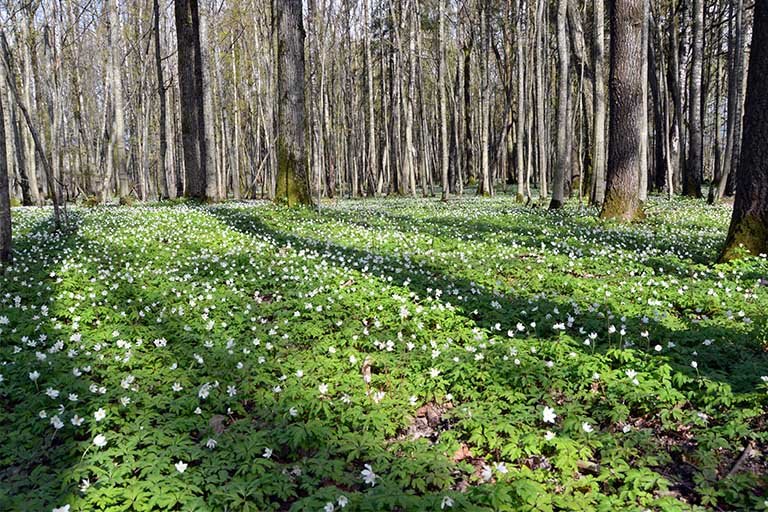
As the Natura 2000 network in Lithuania is insufficient and the implementation of the Green Deal will set even more ambitious goals, the LIFE integrated project “Naturalit” has a special role to play in fulfilling commitments of Lithuania to EU and ensuring that Natura 2000 network is fully protected.
More information:
Official website of Natura 2000
EU The Birds Directive
EU The Habitats Directive
